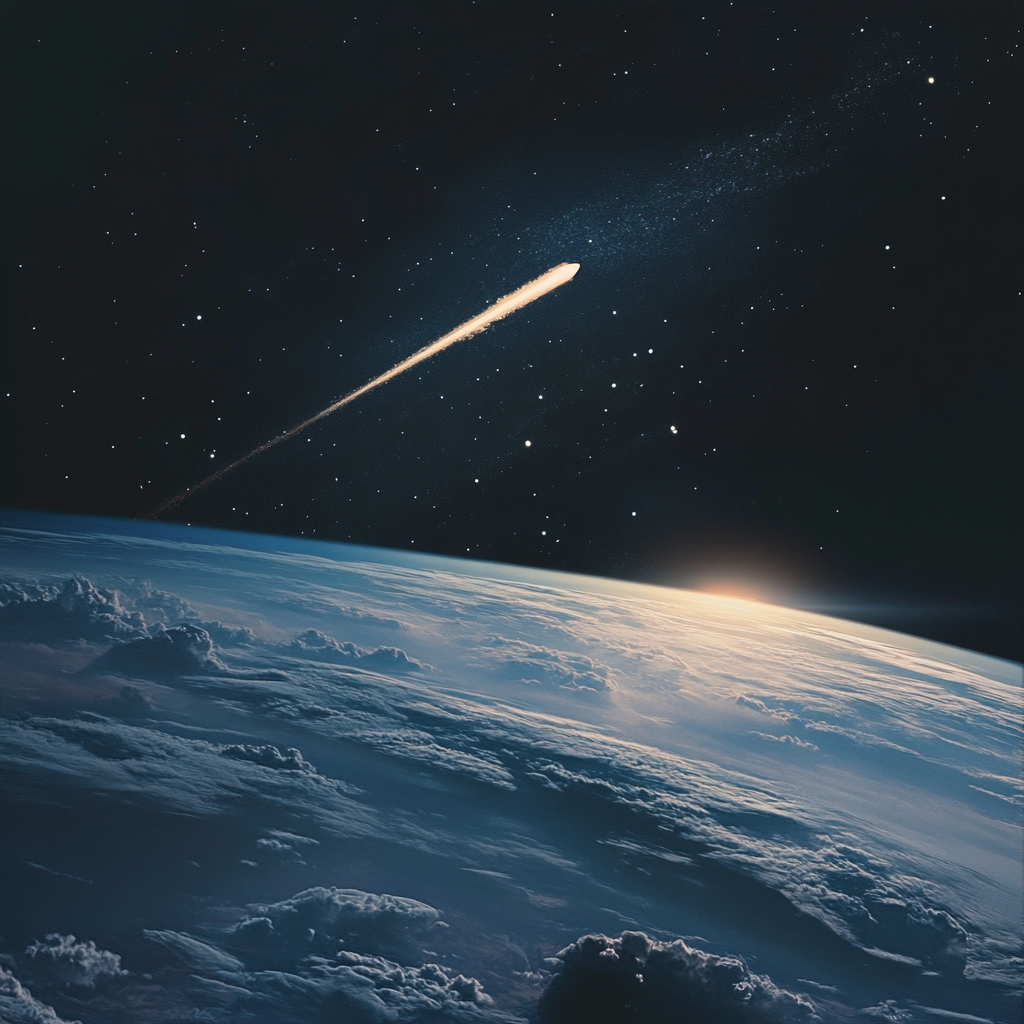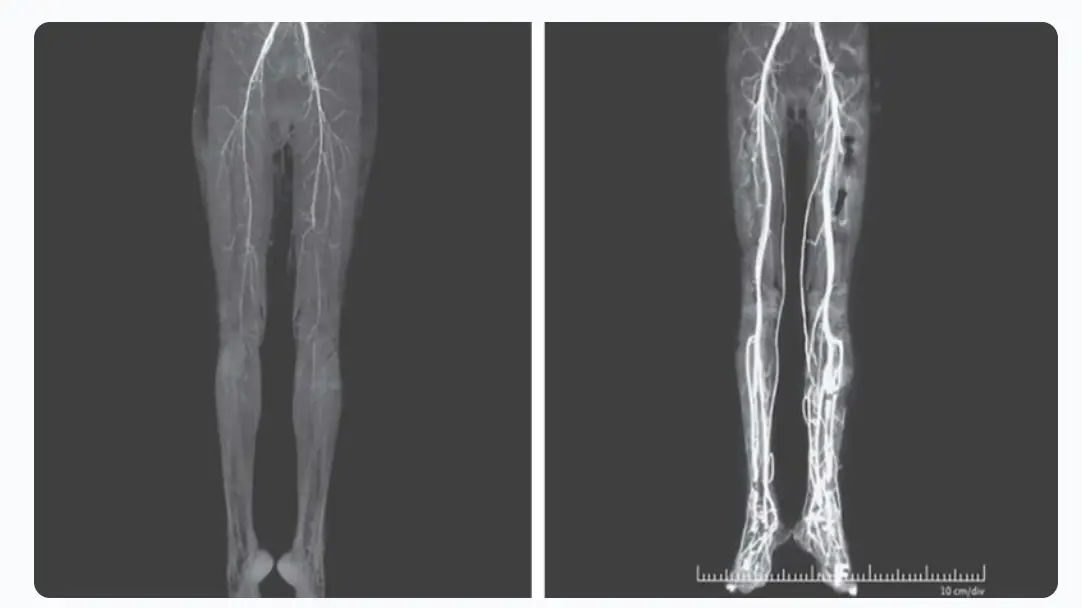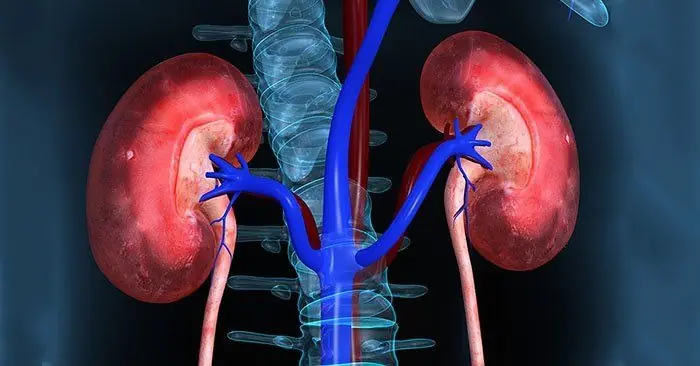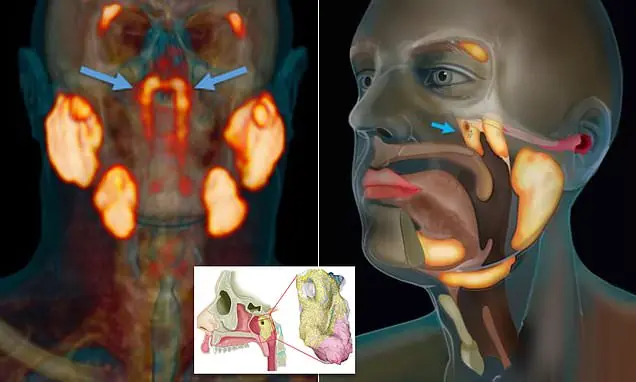
Coronation State Portraits of King Charles and Queen Camilla Spark Mixed Reactions
Two freshly unveiled portraits have reignited a centuries-old royal tradition while sparking a wave of unexpected public commentary.
Well, call this a clickbait but the actual comet itself isn’t returning just yet — but its ancient trail of cosmic debris is lighting up our skies!
On May 5 and 6, 2025, the Eta Aquariid meteor shower will reach its peak, offering one of the most spectacular celestial displays of the year. This annual event is caused by Earth passing through the debris trail left by Halley’s Comet, resulting in meteors streaking across the sky at incredible speeds.

Halley’s Comet, officially designated 1P/Halley, is perhaps the most famous of all comets, visible from Earth approximately every 76 years. Its last appearance was in 1986, and it’s expected to return in 2061. However, even when the comet itself is far from Earth, its legacy continues through meteor showers like the Eta Aquariids.
As Halley’s Comet travels through the solar system, it sheds dust and small particles along its orbital path. When Earth crosses this path, these tiny fragments enter our atmosphere at speeds up to 66 km/s (about 148,000 mph), burning up and creating the bright streaks we observe as meteors.
The Eta Aquariid meteor shower is known for its fast-moving meteors and glowing trails. Observers in the Southern Hemisphere can expect to see up to 50 meteors per hour under optimal conditions, while those in the Northern Hemisphere may see between 10 to 20 meteors per hour.
These meteors are particularly notable for their speed and the persistent trains they often leave behind, which can last for several seconds. Some meteors, known as “Earthgrazers,” skim the Earth’s atmosphere at a shallow angle, producing long, bright trails that are especially impressive.

The Eta Aquariid meteor shower is active from April 15 to May 27, but the peak occurs on the mornings of May 5 and 6. The best time to observe the meteors is during the pre-dawn hours, typically between 3:00 a.m. and 5:00 a.m. local time.
For optimal viewing, find a location away from city lights with a clear view of the sky. Allow your eyes to adjust to the darkness for about 30 minutes, and avoid looking at bright screens or lights during this time. No special equipment is needed; just lie back and watch the sky.
If you’re interested in capturing the Eta Aquariids on camera:
While the Eta Aquariids are best viewed from the Southern Hemisphere, observers around the world can enjoy the show. In the Northern Hemisphere, the meteors will appear lower in the sky, but with patience and clear skies, you can still witness this celestial event.
 Don’t Miss This Celestial Event
Don’t Miss This Celestial EventThe Eta Aquariid meteor shower offers a unique opportunity to connect with the cosmos and witness the remnants of Halley’s Comet lighting up our sky. Whether you’re an avid stargazer or a casual observer, this event is not to be missed.

Two freshly unveiled portraits have reignited a centuries-old royal tradition while sparking a wave of unexpected public commentary.

The "Big Little Lies" actress is a Met Gala regular who often sparks conversation with her bold fashion or dramatic hair transformations.







A glamorous entrance at one of fashion's biggest nights took an unexpected turn when sharp-eyed viewers noticed something different about the pop star's smile.












Two freshly unveiled portraits have reignited a centuries-old royal tradition while sparking a wave of unexpected public commentary.

The "Big Little Lies" actress is a Met Gala regular who often sparks conversation with her bold fashion or dramatic hair transformations.
















